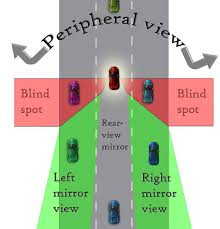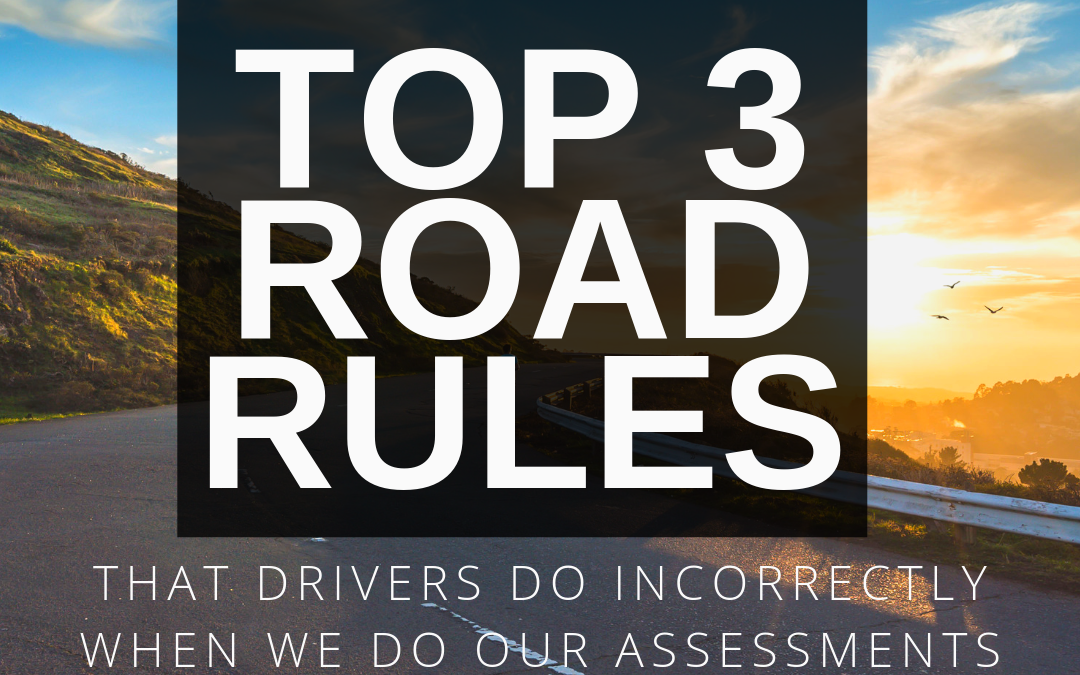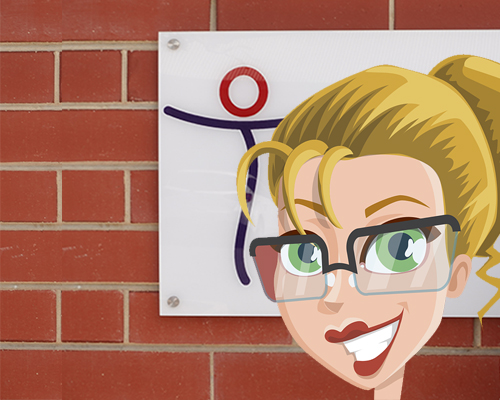When we undertake an assessment with an experienced driver, one that has had their licence for a few years or more (or maybe many more), we notice that there can be some habitual errors that can creep into drivers function.
It might be that the driver was never taught these in the first place. The criteria to get a licence has changed significantly in the last few decades. It wasn’t that long ago that if you (or especially your dad) knew your local cop, and you were on his good side, let’s say it wasn’t hard to get a licence. Things have changed and there are many more rules and roadcraft skills to consider to stay safe.
In this blog post, we unpack some of the most common errors that we see on the road and in our assessments. Brush up on these to stay safe, whether you have an upcoming appointment with us or not.
1. Not checking blind spots
Aside from checking that you are buckled up, it’s good to make a habit of checking your blind spots. Sideswipe accidents are very common, unfortunately, but it can be easily fixed. Make sure to fix your rearview mirror and side mirrors, to maximise your view, but not out too far. The only part of your car you should be able to see is the very rear aspect of your car. It is a good idea to see a little bit of your car to give you depth perception and a size reference when looking in your mirror.
Check out this video about checking your blind spots
But that is not enough.
Checking your blind spot is the act of looking towards your rear wheel area by turning your head. It is only for a very brief moment to make sure that there is nothing there because your mirrors don’t pick up everything.

The more you practice checking your blind spots, the more it will become like second nature to you.
Whenever you are turning, merging, changing lanes, or moving the car more than 1 meter to the side, checking blind spots of the direction you intend to go will reduce your chances of getting into a nasty accident.
2. Not using car indicators
Not using your car indicators can become a costly mistake. Clearly because if you don’t use your car indicators, it would be impossible for other vehicles on the road to know where you are going.
But, it is not just the cars that need to know what you are planning to do next. You might see that there is not a car around (if you check your blind spots), but pedestrians, bike riders and all other road users that you might not be able to see, they need to know your plans.
Make sure to use your car indicators whenever changing lanes, turning or getting around intersections.
Also, not using your car indicators can cost you demerit points and pay a costly fine of more than $300.
You need to use your indicators as a warning device and allow other road users time to see it, react to it and adjust to it before you to your manoeuvre. This means the indicator should flash five times before doing your next move.
Do you know how to use your indicator properly at a roundabout? There are new rules in place for indicating on and off of roundabouts and we see people get this wrong all the time. And it causes confusion and accidents. Learn how to get it right here.
3. Failing to stop ?
Stop means STOP, but are you forgetting to fully stop at stop signs?
Even when the road ahead is clear, you must make a complete stop before the vehicle you are driving crosses that solid white line. The car must cease motion.
It’s good practice too, especially because those stop signs aren’t placed there for no reason. There is usually a blind spot, a bike lane, or some other danger issue, and frequently an accident has happened there before.
Stop behind the line. Even if there is a line of cars in front of you and you are next to move slowly to the front of the cue, stop. Stop behind the line.
If you can’t see when you have stopped behind the line, then you are permitted to edge forward to get a better view (as long as you don’t impede the other road users) and then stop again if other hazards are coming. But, you must stop behind the line first.
A loss of demerit points are also in it for you, and of course, let’s not forget the fine, whenever you disregard these stop signs.
For more road safety tips, check out these videos below:



